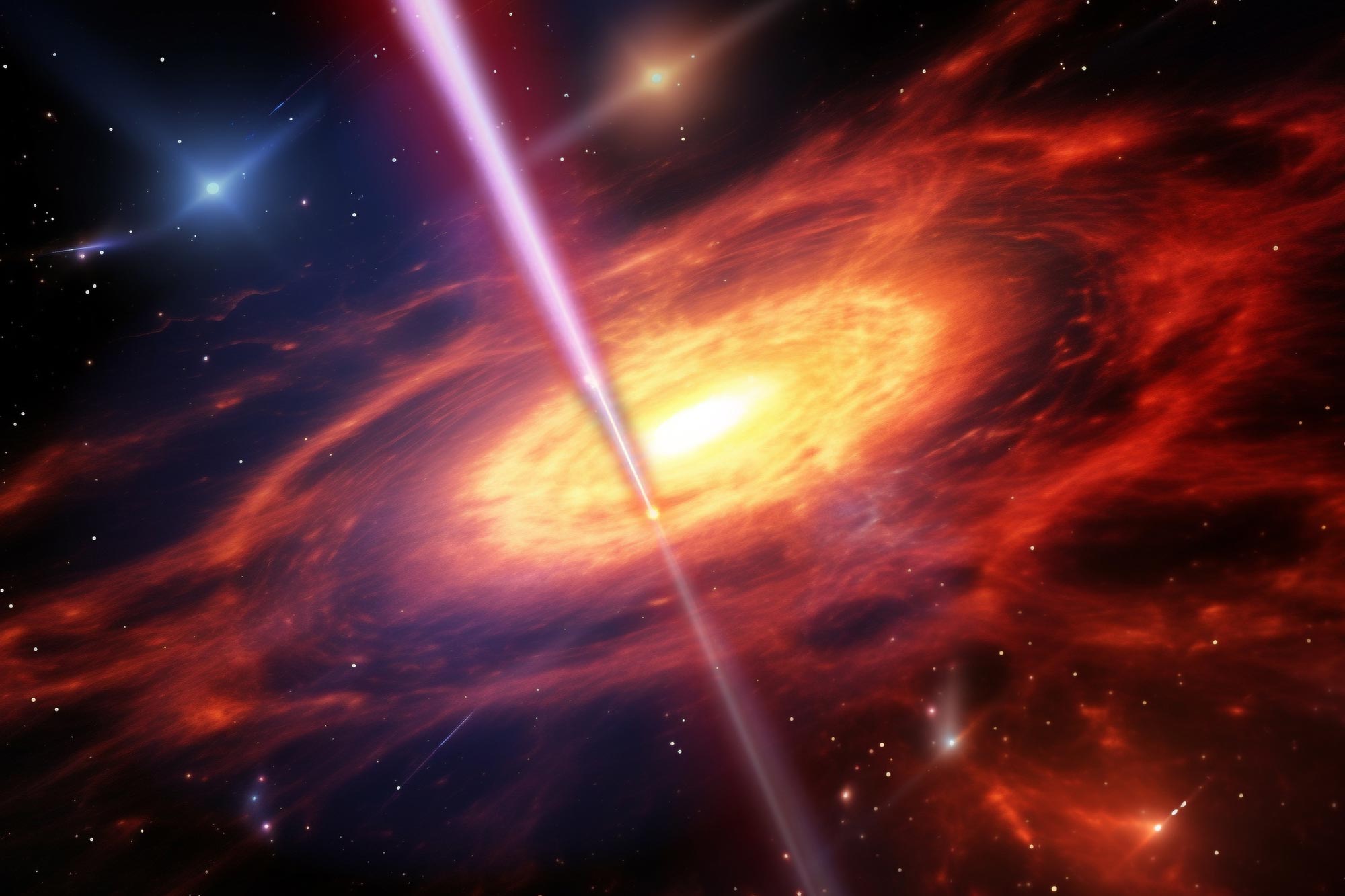An international team of astronomers has detected a long gamma-ray burst in an ancient galaxy, likely caused by the merger of two separate neutron stars, challenging traditional understanding of the causes of such explosions. The team analyzed the 2019 eruption with several telescopes, and while other possible causes were considered, they hope that future observations will clarify the origin of the phenomenon.
An international team of astronomers has observed for the first time a long gamma-ray burst at the center of an ancient galaxy. This is special because these types of gamma ray bursts usually occur when massive stars collapse or neutron stars undergo long orbits around each other, and ancient galaxies do not have such stars in their cores. The team, led by Andrew Levan (Radboud University), published their findings in natural astronomy.
The general consensus was that long gamma-ray bursts lasting at least a few seconds could only occur when a very heavy star collapsed into a supernova at the end of its life. In 2022, a possible second trigger for long gamma-ray bursts is revealed, when two massive stars that have orbited each other their entire lives finally become neutron stars and collide at a kilonova. Now, in the year 2023, it looks like long gamma-ray bursts may occur in a third way.
“Our data shows that this is a case of a merger of two separate neutron stars. We suspect that the neutron stars have been compressed in the galactic center by the gravity of many surrounding stars,” says lead researcher Andrew Levan (Radboud University).
The research team studied the effects of a gamma-ray burst detected by the Neil Gehrels Swift Observatory on October 19, 2019. This was done by the Gemini South Telescope in Chile, the Northern Optical Telescope on the Canary island of La Palma, and[{” attribute=””>Hubble Space Telescope.
Their observations show that the burst was caused near the center of an ancient galaxy. This immediately provides two arguments pointing to the merging of two sources.
The first argument is that there are almost no heavy stars in ancient galaxies that could collapse into supernovae, because heavy stars typically occur in young galaxies. In addition, supernovae emit bright optical light, which was not observed in this case.
A second argument is that the center of galaxies are busy places. There are hundreds of thousands of normal stars, white dwarfs, neutron stars, black holes, and dust clouds all orbiting a supermassive black hole. Altogether, this represents over 10 million stars and objects crammed into a space of a few light-years across. “That is an area comparable to the distance between our sun and the next star,” Levan explains. “So the probability of a collision in the center of a galaxy is much higher than, say, at the outskirts, where we are.”
The researchers are still leaving room for alternative explanations. The prolonged gamma-ray burst could also result from the collision of compact objects other than neutron stars, for example, black holes or white dwarfs. In the future, the researchers hope to be able to observe long gamma-ray bursts at the same time as gravitational waves. This would help them to make more definitive statements about the origin of the radiation.
For more on this discovery:
Reference: “A long-duration gamma-ray burst of dynamical origin from the nucleus of an ancient galaxy” by Andrew J. Levan, Daniele B. Malesani, Benjamin P. Gompertz, Anya E. Nugent, Matt Nicholl, Samantha R. Oates, Daniel A. Perley, Jillian Rastinejad, Brian D. Metzger, Steve Schulze, Elizabeth R. Stanway, Anne Inkenhaag, Tayyaba Zafar, J. Feliciano Agüí Fernández, Ashley A. Chrimes, Kornpob Bhirombhakdi, Antonio de Ugarte Postigo, Wen-fai Fong, Andrew S. Fruchter, Giacomo Fragione, Johan P. U. Fynbo, Nicola Gaspari, Kasper E. Heintz, Jens Hjorth, Pall Jakobsson, Peter G. Jonker, Gavin P. Lamb, Ilya Mandel, Soheb Mandhai, Maria E. Ravasio, Jesper Sollerman and Nial R. Tanvir, 22 June 2023, Nature Astronomy.
DOI: 10.1038/s41550-023-01998-8











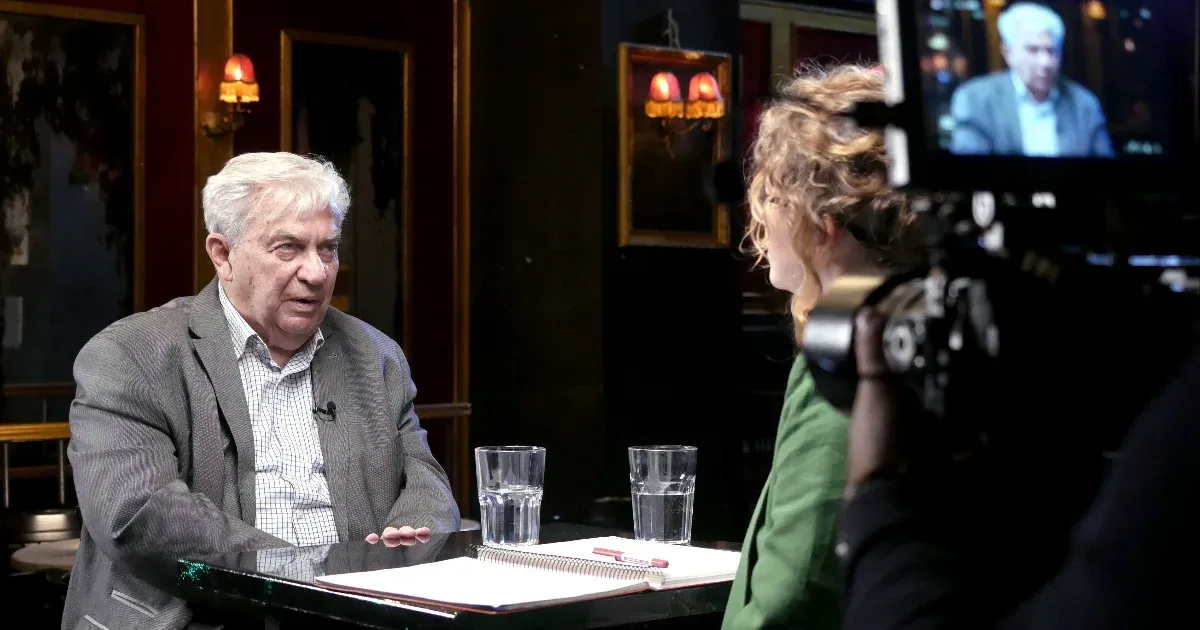
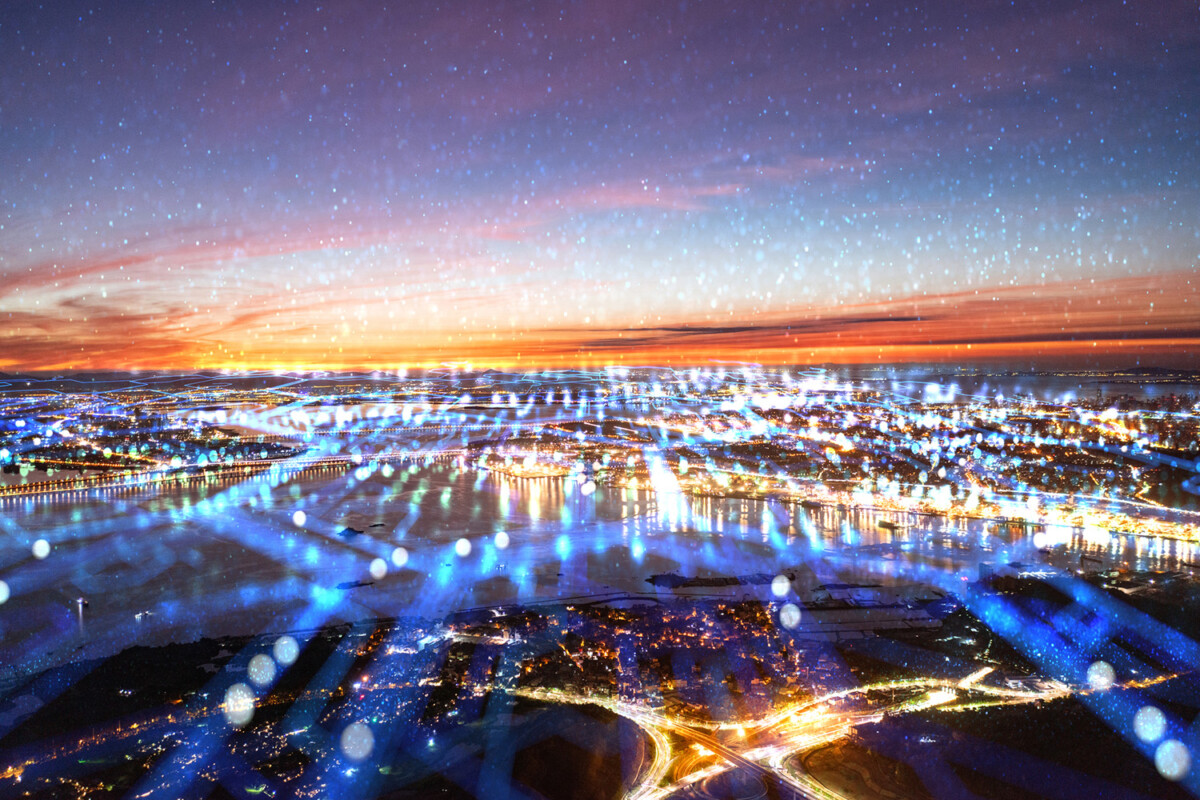

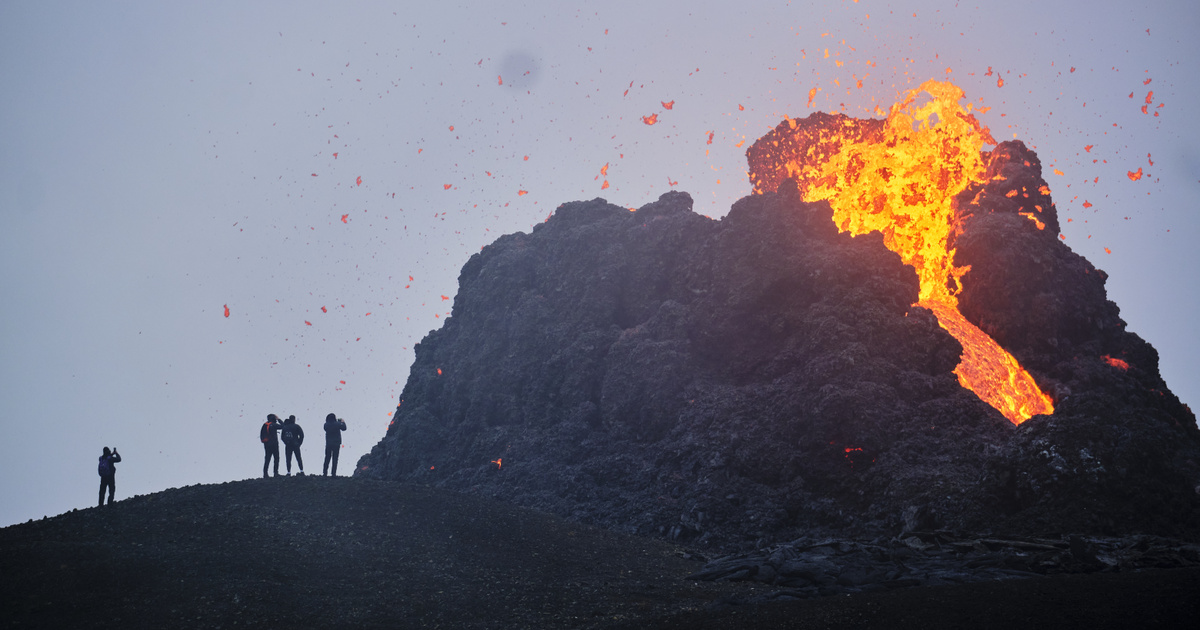





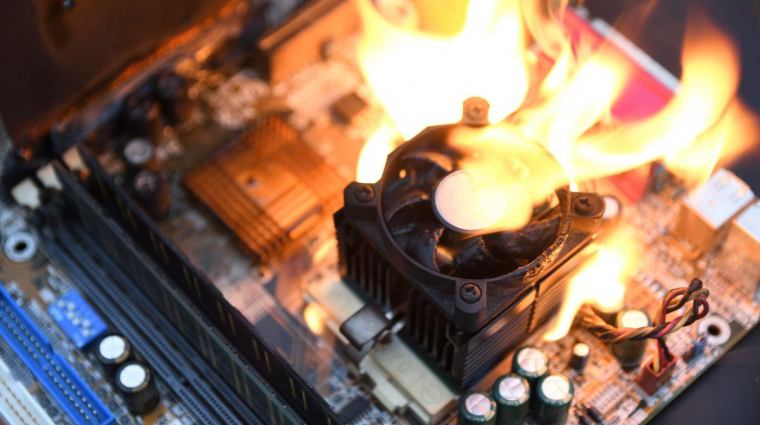











:max_bytes(150000):strip_icc():focal(772x414:774x416)/Wade-Zaya-05112401-1a7bf719cac94793b729c3f4331aab0b.jpg)




